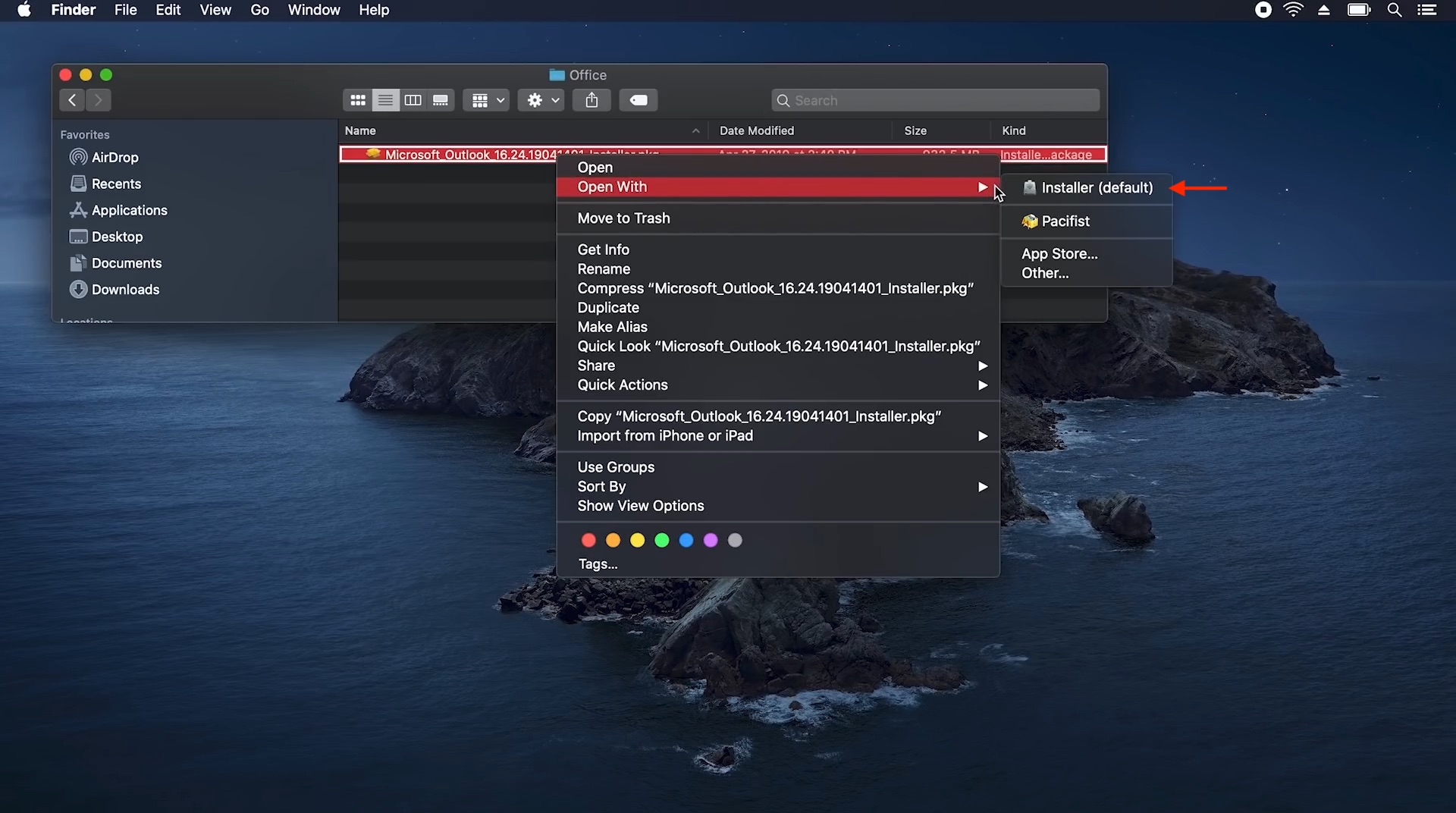Oct 08, 2019 All of which means I’m perfectly content with the Office 2011 feature-set, but it’s 32-bit, so not compatible with macOS Catalina. I definitely don’t want to have to get an Office 365. MacOS Catalina (due in late September) will be dropping support for 32bit apps. MacOS Mojave has been warning us about this every time we launch one of these apps and action on your part will be needed soon. One of the most popular 32bit apps we see is Microsoft Office 2011. Oct 17, 2019 I have upgraded to Mac OS Catalina and bought the new Microsoft Office 360 from the App Store. It will not let me install it without a Keychain Password. I don't know what or where that is. Will Fitzh read more. サポート終了後もOffice for Mac 2011を使い続けている人は年貢の収め時のようです。2019年10月にCatalinaがリリースされたためです。既にサポートが終了しているOffice for Mac 20112017年10月1. Oct 18, 2019 Important: An Outlook for Mac 2011 identity can only be imported into an empty Outlook for Mac profile. An empty profile is one where there are no other accounts or other data associated with it. Here are the steps to create a new profile in Outlook for Mac: Note: These steps must be used with Outlook 2016 for Mac or Outlook 2019 for Mac. Oct 14, 2019 Here's why Microsoft Word 2011, old versions of Photoshop, and other software doesn't work on macOS Catalina: Apple dropped support for all 32-bit apps from the operating system. Sql installer for mac os yosemite. It seems that. Aug 30, 2019 And all these six variants of Microsoft Office 2011 for Mac were downloaded from the various Microsoft market places. And in the retail shop, they were providing in the low-cost because all retailers sold Microsoft Office 2011 for Mac service pack 1 and provided the facility of upgrading to a higher version of Service Pack using software updates.
Question: I upgraded to Catalina on my Mac and now Microsoft Office won’t work; what can I do? /is-logitech-planning-to-update-myharmony-for-macos-catalina.html.
Answer: One of the side effects of tech companies taking their platforms to new levels is that, often times, older software programs will no longer work.
The most recent version of Apple’s MacOS — known as Catalina — is having a major impact on those who upgraded without understanding that their older 32-bit programs would no longer run.
If your version of Microsoft Office is older than Office 2016 v15.35, you’ll have to choose from a variety of costly or time consuming and complicated options.
If you have Office 2016, you should be able to upgrade to the 64-bit version through Microsoft’s standard upgrade process if for some reason it hasn’t already been updated.
Option 1: Purchase new software
You can purchase the Office Home & Student 2019 bundle from Microsoft for $149.99 or the Office Home & Business bundle for $249.99. The primary difference in the two packages is the business version includes Outlook.
Option 2: Start renting Microsoft Office
Microsoft is trying to get users to convert from a single purchase package that will eventually expire to their subscription 'SaaS' (Software as a Service) platform known as Office 365.
This means you either pay monthly ($6.99 for Home & Student) or annually ($69.99 for Home & Student or $99 for Business) from now on.
Option 3: Switch to Google’s offerings
If your needs for productivity software are very basic, you may find the free options available from Google through a Google Drive account to be acceptable.
It includes Docs, Sheets and Slides which are Google’s version of Word, Excel and PowerPoint, although nowhere near as powerful. Though it’s a web-based tool, there are options for editing your documents when you are offline.
Option 4: Revert back to Mojave
There is no simple way to go back to the previous version (Mojave), so this option is very time consuming and complicated, as you’ll have to wipe your hard drive and reinstall everything. Depending upon which version of the MacOS your computer shipped with, you may have to use an external hard drive to complete the reversion.
How to check for 32-bit programs

For those who are considering an upgrade to Catalina, a good first step is to see what 32-bit programs you are currently running to determine if they are important to you or not.
To do this, click on the Apple icon in the upper left corner, then on 'About This Mac' and then on 'System Report.' When the report opens up, scroll down to the 'Software' section and click on 'Applications.'
An alphabetical list of applications will appear with various details about each one. If you scroll to the far right, you should see a column that says '64-Bit' and the words 'Yes' or 'No' for each application. To make it easier to see the Application Name and whether it’s 64-bit or not, drag the 64-bit header from the far right to the far left so it’s right next to the 'Application Name' column.
Office 2011 For Mac And Catalina Bay
Go through the list looking for your critical programs to make sure they are 64-bit or to see if a 64-bit version is available from the creator of the program before upgrading to Catalina.
Office 2011 Update For Mac Catalina
Ken Colburn is the founder and CEO of Data Doctors Computer Services. Ask any tech question at: facebook.com/DataDoctors.